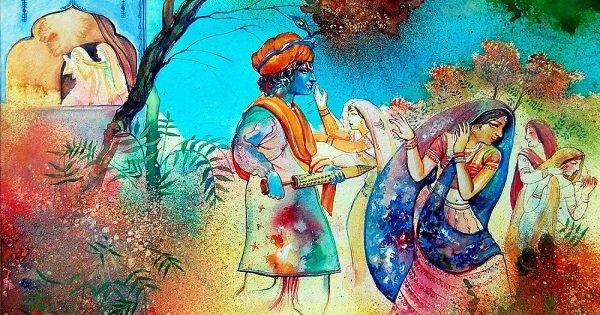Disclaimer: The opinions expressed in this article are the author’s own and do not reflect those of ScoopWhoop.
We live in very fragile times. With people taking offence at the slightest of things to the internet being hailed as the ground for moral policing and the forceful being that is majoritarian communalism, India is not witnessing the brightest of days.
It is not rare to spot an over-confident fellow who tends to mistake Hinduism for nationalism.
He is the one who takes pride in Hindu practices and traditions, hailing them as his own way of life, ignorantly enforcing them through his ideas and words on other around him.
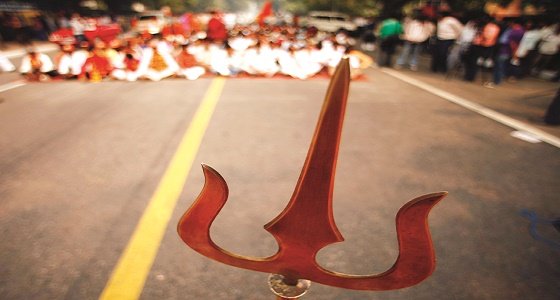
He activates every time he sees young lovers walking, NOT hugging, NOT kissing, just walking on the road. Sometimes he doesn’t even bother to check, whether they’re actually lovers or just cousins. After spotting the target, he turns into a ferocious tiger ready to pounce on them.
He is also the man who makes the ‘tch-tch‘ sound every time an onscreen kiss goes beyond 9 seconds. He is the man who probably remembers 2006 not for its landmark nuke deal but for the year that finally brought justice to his Hindutva ideology after renowned artist, MF Husain was exiled for painting unclad Hindu goddesses. His favourite themes of discussion include Bhartiya sanskriti and anything to do with Hindu gods.
Little does this man know that in his ‘Bhartiya sanskriti’ ,lies a text called the Kamasutra.
The question though is: where do we place the Kamasutra in such an environment?
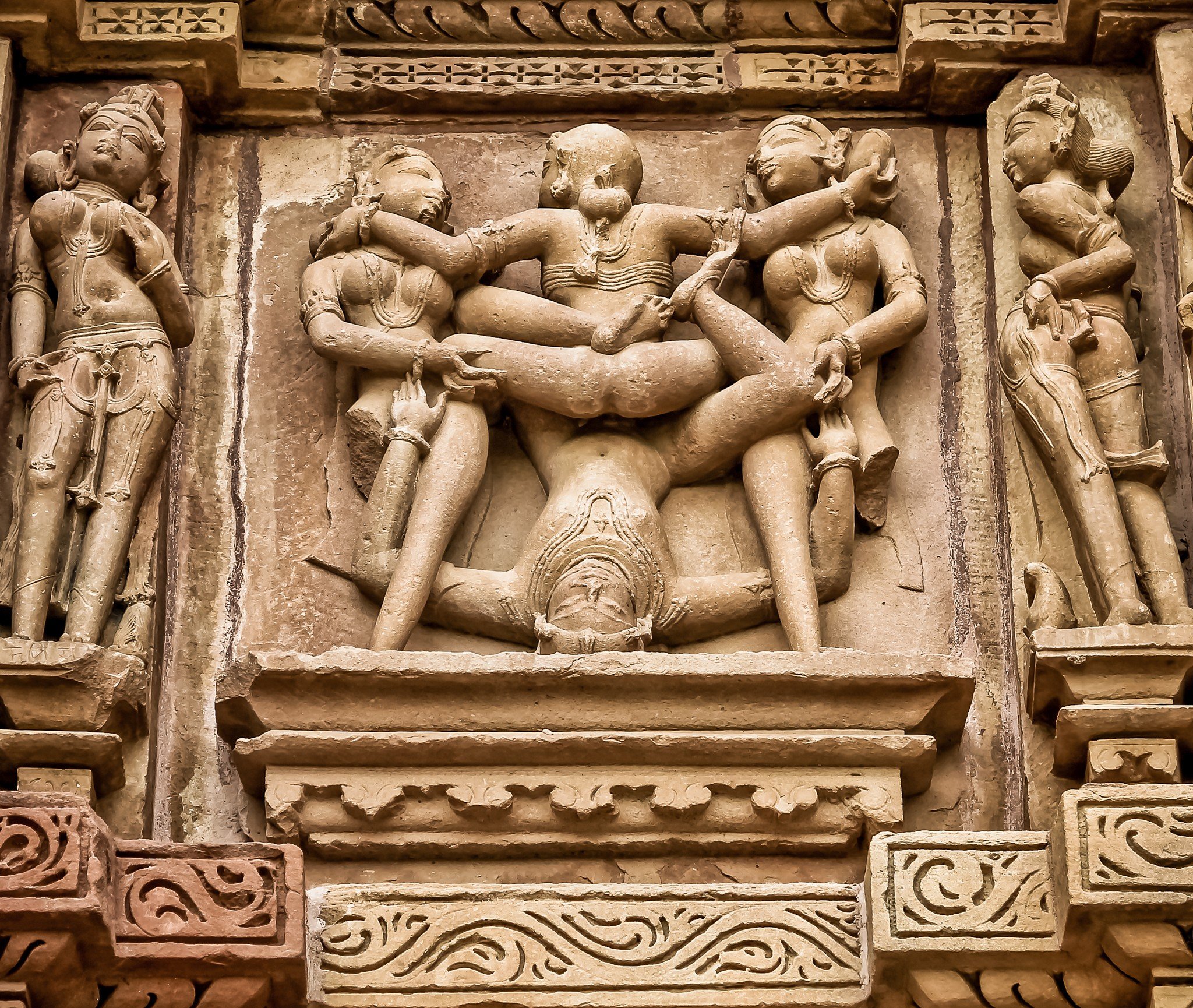
Hinduism, one of the oldest religions in the world, is a synthesis of practices and beliefs that come together to offer the perfect way of life.
The very fact that there exist 330 million gods in Hinduism speaks of its diverse and inclusive nature. Unfortunately, it is anything but diverse and inclusive in today’s day and age.
The basics of the Hindu way of life include four purusharthas (man’s purpose) namely, dharma (moral values), artha (economic values), kama (pleasure or psychological values) and moksha (salvation, spiritual values).
Acceptance of kama in Hindu scriptures is something we have conveniently silenced in our loud cries for upholding the mythical and censored (read, sanskaari) version of Hinduism.
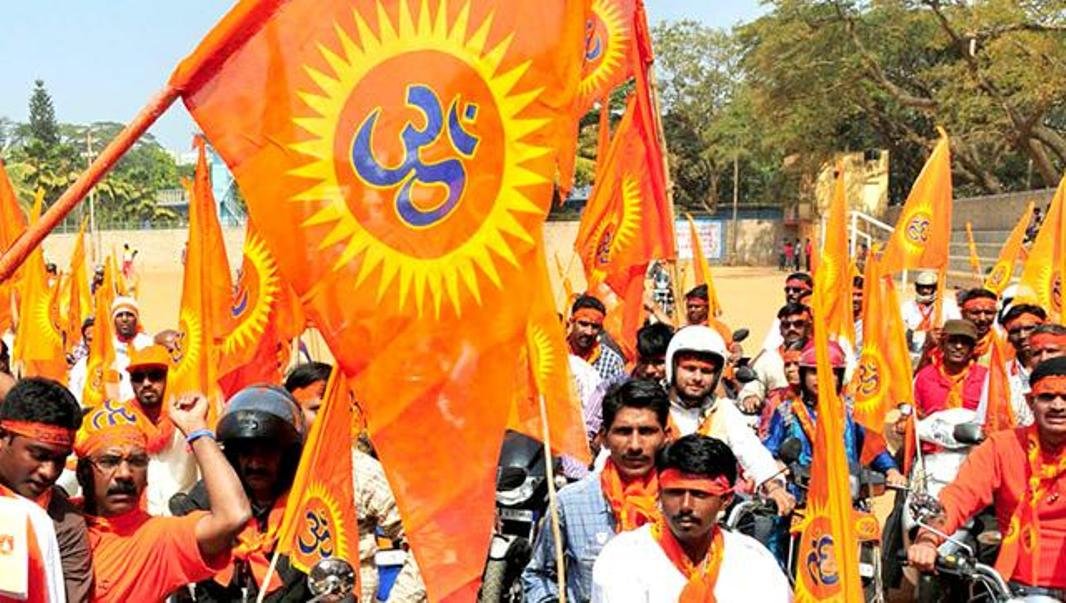
Where did we lose track? When did the Hindu way of life transform into the Hindutva brigade?
Let me take you back to the time when the British landed in India and to their horror, discovered the liberal acceptance of desire in the Hindu framework of being. Once Hindustan was put down as a colony in the books of the English Government, the Brits took it upon themselves to ‘civilize’ its people.
From stamping Lord Krishna as a pervert to branding the Indian philosophy of desire as disgusting, the British began Hindustan’s sexual mortification in order to enforce their dominant Victorian ideas led by British Protestantism.
Soon enough, the 19th century upper-class Hindus followed suit, says Wendy Doringer, in her book, Redeeming the Kamasutra.
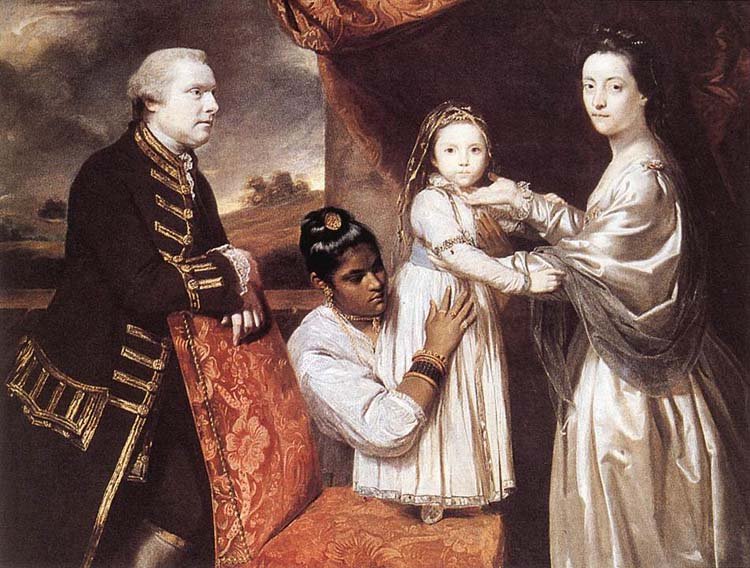
The greatest example of the British ‘purification drive’ of the Hindu culture is Sir Richard Francis Burton’s translation of the Kamasutra. Published in 1883, the book faced the brunt of embarrassed Hindus who were trying hard to fit under the conservative umbrella of British Protestantism.
According to Wendy Doringer, “the Burton translation robs women of their voices, turning direct quotes into indirect quotes, thus losing the force of dialogue that animates the work and erasing the vivid presence of many women who speak in the Kamasutra replacing these voices with reported speech rephrased by a man.”
But that wasn’t it. Another gift of the British moral policing was the censor board.
Today, a fragment of this is run by Pahlaj Nihalani, who can go to any lengths to avoid the depiction of desire on screen. Too bad nobody ever told him that the Hindu morals he holds so dearly, stem from ‘Western influence’ in the first place.
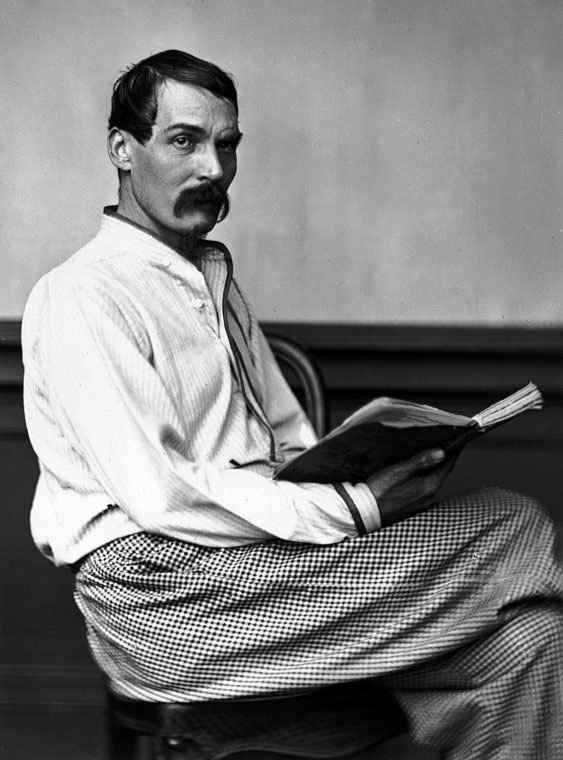
To quote other examples, there exists Jayadeva’s Gita Govinda that explicitly talks of Krishna’s relationship with the gopis and Radha in particular.
The illustration below is from the Gita Govinda, described as “Krishna and Radha intimately entwined in a bower of leaves by a calm stream in the dusk of night, both still wearing their jewelry and he his crown and white floral garland, surrounded by trees and creepers providing gentle seclusion and mirroring their tender lovemaking.”
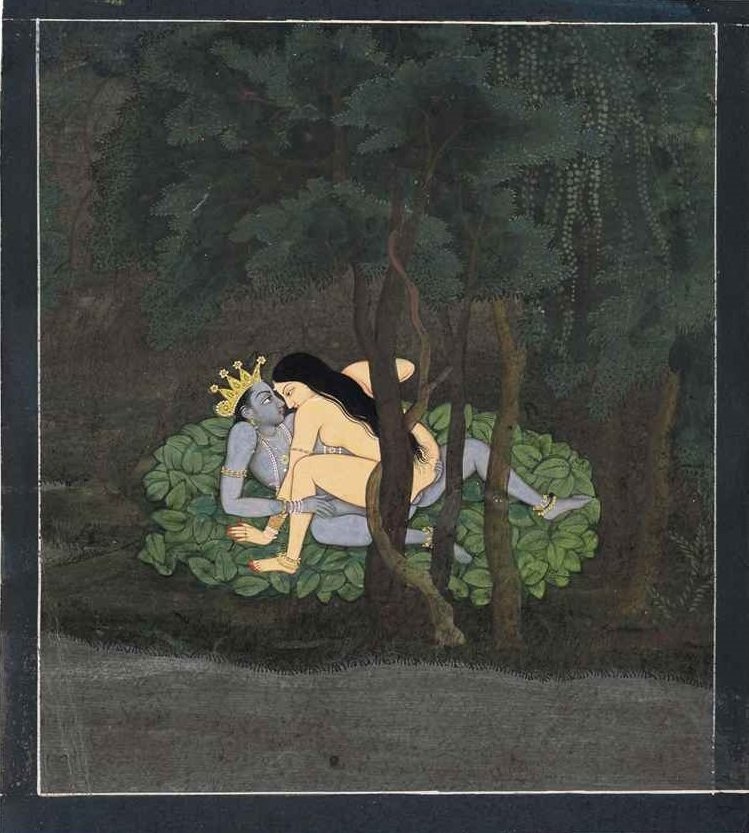
Not to forget, the magnificent Hindu temples at Khajuraho, which depict everything from homosexuality to orgies in their sculptures.
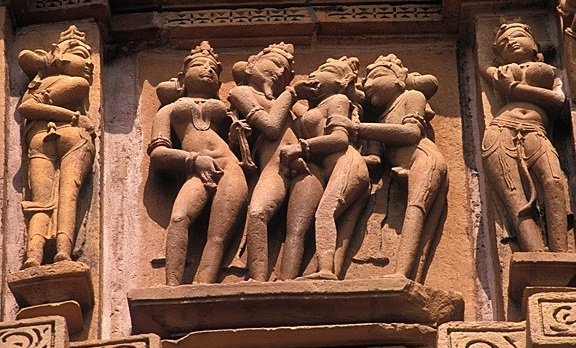
Placing all this in today’s version of Hinduism looks like a far-fetched dream.
From being a culture that celebrated desire to one that despises it, we’ve regressed. Earlier we had the West censor us and today, we blame them for contaminating the Hindu culture with their impure influence.
But nothing seems to deter the Hindutva brigade, fueled with flawed cultural interpretations, with a constant siren that effectively deafens the meek voice of the Kamasutra’s existence.





